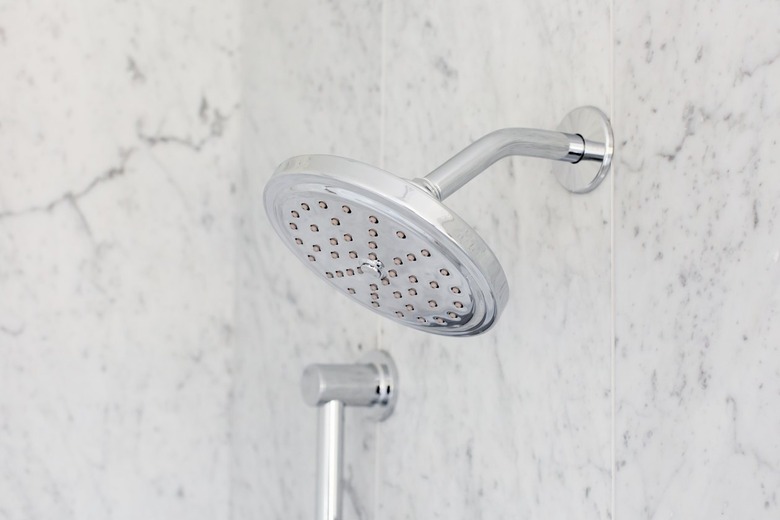Water Won't Come Out Of My Shower Faucet: What Do I Do?
If water won't come out of your shower faucet, it could be the result of various issues, from not paying a water bill to a leak elsewhere in the house. Having a functioning shower is, of course, critical, so the sooner the issue is resolved, the better. Fortunately, there are several simple ways to troubleshoot a shower faucet that doesn't run. Here are the most important things to check.
1. Pinpoint the Problem
1. Pinpoint the
Problem
First, establish whether this is a problem with your shower, the water supply to the whole bathroom or the water supply to the entire house. Are the taps around the rest of the house working?
If water isn't running to any of the taps, the problem could be with the water supply to the house. Make sure there aren't any leaks. Check for pooling water, leaking pipes or recent water damage to the walls or ceilings. If you find any of these issues, you may need to call a plumber.
If that's not the problem, try running the water in the shower first and then in the other faucets in your home. If the water runs but won't run hot, the issue is most likely with the water heater. Make sure that it's running and not leaking; it's also possible it could be malfunctioning due to sediment buildup at the bottom of the tank. If you know the water heater hasn't been flushed in a while, contact a professional for help with flushing it or with other repairs.
2. Check the Water-flow Valves
2. Check the Water-flow
Valves
If the issue with your water is isolated to the shower, the simplest explanation is that something bumped the water-supply valve and switched it off. The water-supply valve connected to the shower is usually located under the bathroom sink, but it can sometimes be located directly under the bathroom, usually in the basement. If it's off, twist it back on, and the water should start running again.
If water isn't running to any of the taps in your bathroom, the same thing could have happened to the water supply pipe to the bathroom itself. Check that the knob is switched on. If not, turn it back on and test the sinks, toilet and shower to be sure they now work.
3. Examine the Showerhead
3. Examine the Showerhead
If the water supply valve isn't the issue, check the showerhead. Rust and mineral deposits or other buildup may be blocking water from getting through. This could be the case if the water pressure gradually decreased over time until it eventually stopped running.
Remove the showerhead by twisting it off the shower pipe. If it's stuck, drape a cloth over the place where the showerhead and the pipe join and use a wrench or pliers to get better leverage. Check the condition of the showerhead and connecting pipe.
4. Clean the Showerhead
4. Clean the Showerhead
If the showerhead looks like it needs to be cleaned, submerge it overnight in white vinegar. The vinegar will eat away at the buildup, clearing the showerhead for enhanced water flow. Clean the shower pipe if needed, making sure to scrub the grooves of the pipe threads. Once the showerhead is cleaned and cleared, twist it back onto the pipe.
If cleaning the showerhead with vinegar isn't adequate to resolve the lack of water flow, the filter screen inside the showerhead might need some attention. Consult the showerhead's user manual, which can usually be found online if you don't still have yours, and follow the instructions for removing the filter. Once removed, follow the instructions for cleaning the filter screen, which is often best accomplished by running the piece under water until it's clean.
